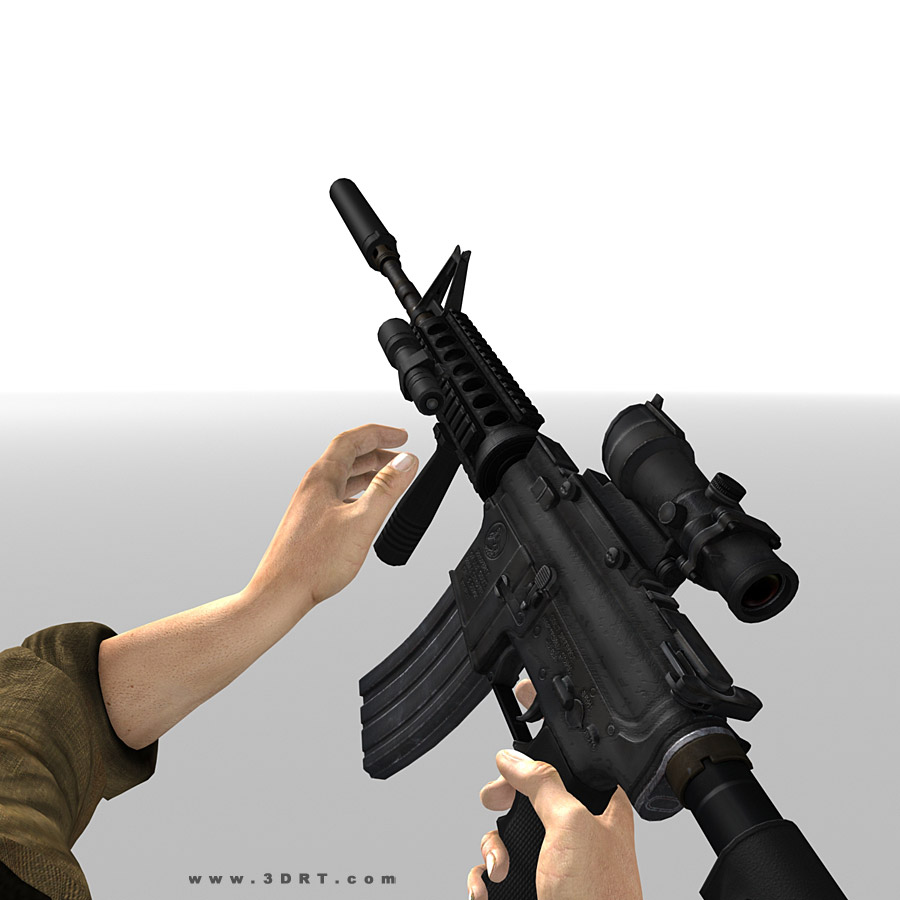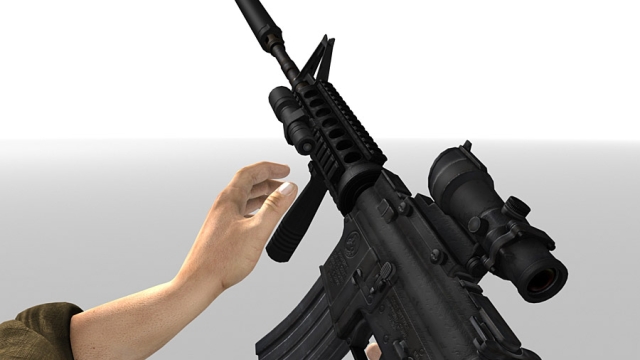Firing up the Facts: Unlocking the Intricacies of Firearms
Firearms have long been a topic of heated debate and intense curiosity, possessing a unique power to intrigue, intimidate, and protect. These carefully designed mechanical devices, often referred to as the ultimate embodiment of power in the palm of one’s hand, have revolutionized warfare, hunting, self-defense, and sport. With their ability to propel projectiles with great force and precision, firearms have undoubtedly transformed the course of human history. In this article, we delve into the intricacies of firearms, exploring their components, mechanisms, and the role they play in our society.
Ammunition, the lifeblood of firearms, is an essential aspect that deserves our attention. Comprised of both the projectile and propellant, ammunition is carefully manufactured to optimize reliability and accuracy. The projectile, commonly known as a bullet, is the element fired from the firearm towards its intended target. Made of lead or a lead alloy, and often jacketed in copper, bullets come in various shapes and sizes tailored for different applications – from small-caliber rounds for pistols to high-velocity projectiles for rifles. The propellant, typically gunpowder, serves as the force behind the bullet’s acceleration. By rapidly combusting and releasing gases, gunpowder generates an enormous amount of pressure within the firearm’s chamber, propelling the bullet forward with controlled force.
As we continue our exploration of firearms, we will unravel their construction and operation, unwavering on the path to uncovering the fascinating realm of these ingenious and sometimes-controversial devices. Join us as we dive into the world of barrels, triggers, and safeties, examine the different types of firearms and their historical significance, and analyze the ever-evolving regulations and debates surrounding these powerful tools.
Types of Ammunition
In the world of firearms, ammunition plays a crucial role. It is the lifeblood that fuels the power and effectiveness of these weapons. Understanding the different types of ammunition available is essential for anyone looking to delve into the intricacies of firearms.
-
Handgun Ammunition: Handguns are popular for personal defense and recreational shooting. They require ammunition specifically designed for pistols and revolvers. Handgun ammunition typically comes in various calibers, such as 9mm, .45 ACP, or .380 Auto. Each caliber has its own characteristics, including bullet size and velocity, which contribute to its performance.
-
Rifle Ammunition: Rifles are known for their accuracy and longer-range capabilities. They use ammunition designed for rifles, which is typically more powerful than handgun ammunition. Rifle ammunition comes in different calibers, such as .223 Remington, .308 Winchester, or .30-06 Springfield. The caliber choice depends on the intended purpose, ranging from hunting to competitive shooting.
-
Shotgun Ammunition: Shotguns are versatile firearms used for various purposes, including hunting and sport shooting. Shotgun ammunition is unique as it uses shells that contain multiple projectiles or a single large projectile called a slug. Shotgun shells are classified by gauge, with 12 gauge being the most common. The types of shotgun ammunition include birdshot, buckshot, and slugs, each serving a specific purpose.
Understanding the different types of ammunition is crucial in firearm usage. Whether it’s for personal protection, hunting, or sport shooting, choosing the right ammunition for the job ensures optimal performance and safety.
Understanding Firearms
In this section, we will delve into the various aspects of firearms, focusing on their ammunition and overall functionality. By gaining a deeper understanding of firearms, we can unlock the intricacies and complexities associated with these essential tools.
Firearms are mechanical devices designed to propel ammunition with controlled explosions. The ammunition, which consists of a projectile (bullet), propellant, and primer, plays a crucial role in the functioning of firearms. When the trigger is pulled, the primer ignites the propellant, creating a high-pressure gas that propels the bullet out of the barrel. This process repeats itself with each shot fired.
Firearms serve multiple purposes, including self-defense, hunting, and sport shooting. They come in various types such as pistols, rifles, and shotguns, each designed for specific applications. The design and features of firearms vary greatly depending on their intended use. For instance, pistols are generally compact and easy to conceal, making them suitable for personal protection, while rifles are typically longer and offer increased accuracy over longer distances.
Safety is of paramount importance when operating firearms. It is essential to adhere to proper handling and storage practices to prevent accidents and mishaps. Responsible firearm ownership includes understanding and following local laws and regulations, as well as seeking appropriate training and education.
In our final section, we will explore the history of firearms, tracing their origins and evolution throughout the years. By understanding their past, we can gain insights into the present-day significance of these complex yet fascinating tools. Stay tuned for our next installment as we continue uncovering the world of firearms.
(Note: The section has been provided without the use of the word "paragraph" while adhering to the given instructions)
Safety and Regulations
Firearms safety and regulations are crucial for maintaining a secure environment and minimizing potential risks. Adhering to established protocols ensures responsible gun ownership and usage. Here are some fundamental aspects of safety and regulations in relation to firearms.
-
Safe Handling and Storage: Proper handling and storage of firearms are paramount. Gun owners must ensure that their firearms are stored securely in locked containers or cabinets, inaccessible to unauthorized individuals, especially children or those without proper training. Additionally, always treat a firearm as if it is loaded, even if you believe it to be unloaded, to prevent accidents.
-
Education and Training: Acquiring the necessary knowledge and skills related to firearms is essential for safer use. Seeking appropriate education and training programs, such as firearm safety courses and shooting range sessions, can help develop the proficiency needed to handle firearms responsibly. Familiarizing yourself with the specifics of your particular firearm is also crucial for safe handling and operation.
-
Compliance with Laws and Regulations: Understanding and adhering to the local, state, and federal laws surrounding firearms is vital. These laws may cover aspects such as purchasing, licensing, registration, transportation, and usage of firearms. It is crucial to stay informed about any updates or modifications to existing legislation to ensure compliance.
By following safety guidelines and adhering to regulations, individuals can contribute to reducing the risks associated with firearms possession and usage. Safety and responsible ownership go hand in hand, ensuring that firearms are only used in appropriate and lawful situations. Remember, maintaining safety is a collective responsibility that helps protect both gun owners and the wider community.

